The following is an interview with Patrick Ranger, General Manager atBelvedair, a construction company specializing in the design and construction of green homes. Patrick is trained in business administration and information management, and is an experienced green building project manager.
JP – Patrick, please tell us about your business and what drives you.
PR- I became aware at a very young age of the global environmental challenges we face as a society. I was raised to be very conscious of lifestyle, consumption, and the impacts of economic and urban development.
This early conditioning to environmental issues guided my professional orientation and led me to study administration at the University of Sherbrooke. At the beginning of my career in 2005, when I met my equally-passionate associates, we founded a consulting company named Synairgis, to apply solutions to environmental issues surrounding construction.
In particular, we developed integrated green building design strategies for our clients, focusing on energy efficiency andLEED® certification. For my part, I focused on residential building, and how to develop the best energy-efficient measures for home construction while keeping to a reasonable budget.
在此期间,我认识了Benoit Lavigueur,他在2007年创立了BL Ecoconstruction。我们一起参与了几个项目,最终决定将Synairgis和BL Ecoconstruction合并,创建一家可以提供建筑和建筑服务的公司,所有这些都在一个屋檐下。这导致了我们现在的公司Belvedair的诞生。
My training in administration now serves me more than ever, and one of our greatest strengths as a company is our ability to accurately estimate construction costs based solely on the needs of our customers, even at the very beginning stages of conception.

|
|
© Belvedair
|
JP - What advice would you give readers on how to stay on budget during a construction or renovation project?
PR- Obviously it is important to be rigorous in monitoring costs at every stage. It’s not enough to establish a detailed budget – you need to comply with it, and track all the expenses during construction and renovations to ensure that the established budget is respected. This is where beginning with an integrated design process proves to be invaluable.
Many designers will tell you that you have to make plans first and then select a general contractor. From our experience, this approach commonly leads to budget failures. The first piece of advice I would offer would be to do the exact opposite - choose a general contractor before beginning the design, and involve them in the process. This will help you evaluate costs from the first conceptual drawings, and during all the stages of the design.
选择承包商应该基于他们的声誉和能力,而不是在计划完成后谁的价格最低。一开始就把它们带到设计阶段,而不是等到它完成。
此外,与设计师不同的是,承包商被要求确保遵守你的预算,当他提交预算时,他要承担真正的责任,因为他将被要求基于这些价格建造到完工。但设计师却不是这样,即使设计无法在你的预算范围内完成,你也必须支付设计师的费用。
JP - How can you get the most value from your investment when building a house?
PR– Be sure to place the greatest priority on the components that are difficult to change in the future, like the structure and building envelope. If you end up needing to make material compromises in order to stay on budget, it’s better that those be aesthetic; don’t risk affecting the performance or durability. You can always make finishing upgrades in the future after your finances recover.
When considering resale value for the future, remember that a well-insulated and well-constructed home with durable materials and design will experience less depreciation. In addition, you (or future owners) will enjoy lower operational and maintenance costs. Never lose sight of the fact that interior finishes can go out of style, fade over time, or simply not match the tastes of prospective buyers. In contrast, a high-performance and durable home is appealing to everyone.

|
|
© Belvedair
|
JP - Do you have any tips for choosing between multiple bids from general contractors’?
PR– Yes, the first thing to remember is not to approach this like you are comparing ‘apples to apples’. The components that are included or not included in bids will differ greatly between contractors, making it impossible to compare based on price alone.
I would suggest you select a contractor in the same way you would chose to hire an employee for a business – interview them to assess their skills and interest, and to determine if they are someone you think you can have a productive working relationship with. This is also the time to clarify any ‘gray areas’ in their contract bids in terms of what exactly they will provide, to avoid any conflicts during the build.
JP - What are some mistakes people make that cause them to to miss their budget targets?
PR-人们经常忘记包括重要的物品,或低估他们的成本。如果没有正确预测或计算,挖掘、地基、水电等服务基础设施、税收、许可证、土地调查等成本很容易超出你的预算。
Another common mistake we see is people comparing new home prices with the list price of similar-sized homes for sale on the market. A 30-year-old home usually requires a lot of maintenance work, and perhaps major renovations. In other words, an older house will have depreciated compared to a new house, so you can’t realistically expect their costs to be the same. In addition, current building standards are much more stringent than they were decades ago (though they still need improvement), so the annual operational costs would be lower with new homes.
最后,我们看到的一个非常常见的错误是,人们根据每平方英尺的基础来估算建筑成本,而不考虑形状、性能或完工质量。我见过一些项目的估价是每平方英尺200美元,如果你只计算房子的话,这是相当现实的,但一些设计师在做成本估算时,没有把全高地下室(以及任何装修成本)作为房子面积的一部分。
30 years ago, when most new homes were somewhat similar in design, performance and material selection, it was more realistic to do a ballpark estimate of building costs by square foot. Today, with all the varieties of design, fenestration, wall assemblies, etc., trying to assess building cost simply by considering the square footage of usable living space is now almost impossible to do with any degree of accuracy.
For any bilingual readers who live in the Montreal area, there is aworkshop in Frenchstarting in February 2018 where you can learn more from Patrick about how to calculate a realistic building budget, and more importantly, how to build within it.


















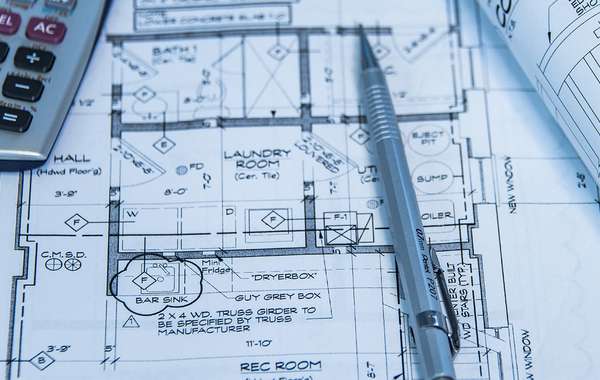
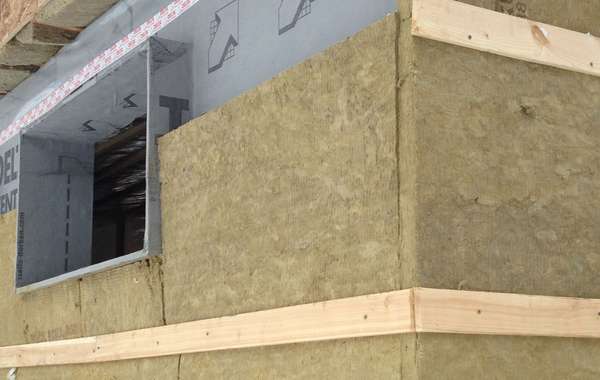


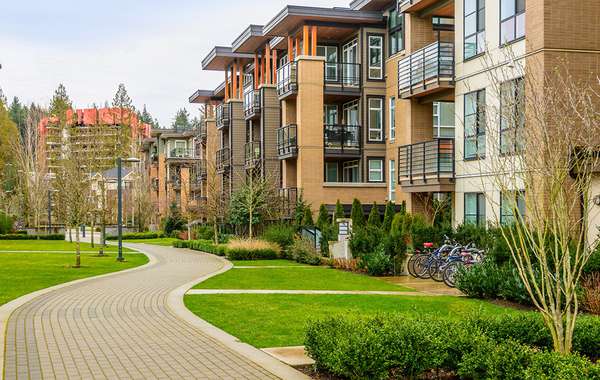
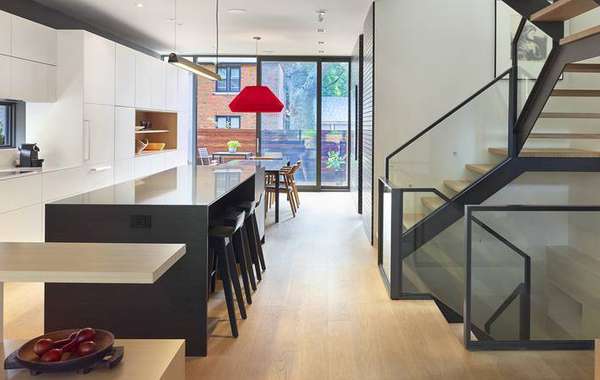
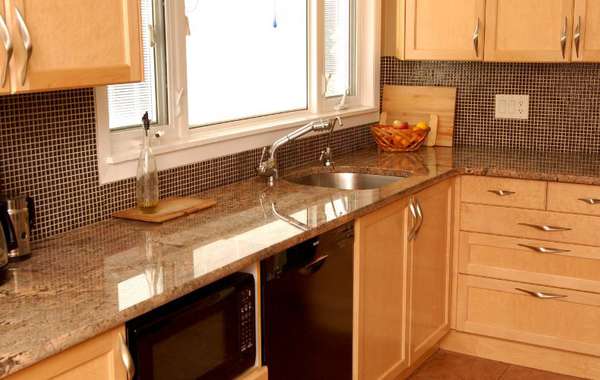
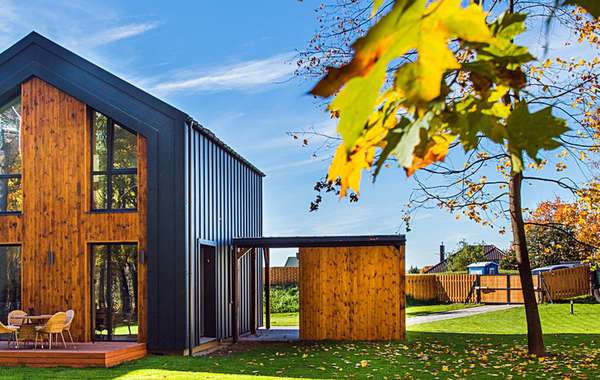
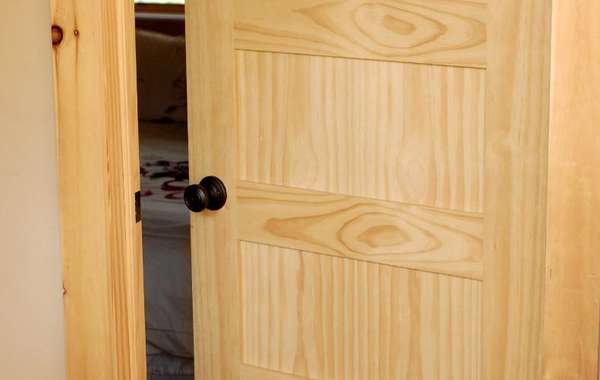
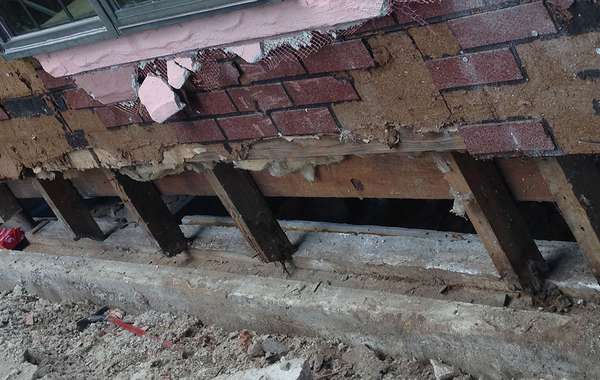
As a Houston home builder I suggest open up spaces will bring the light into your home. it is ideal for enviromental friendly homes.